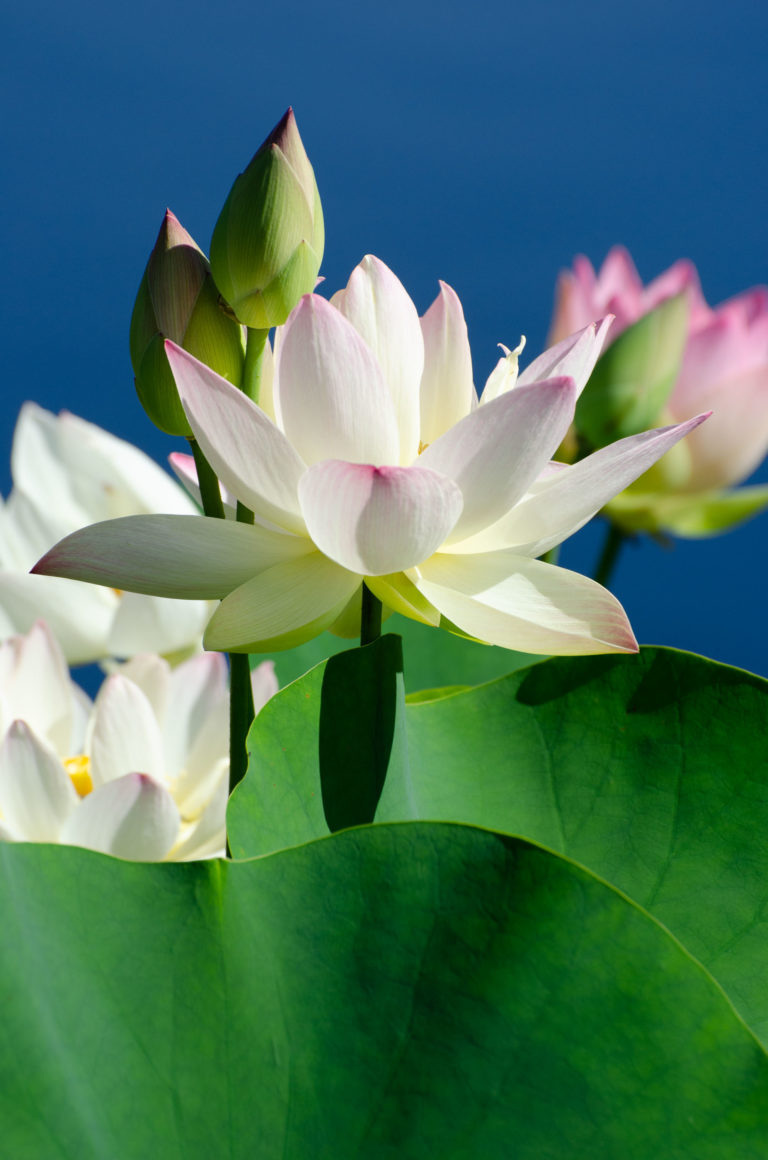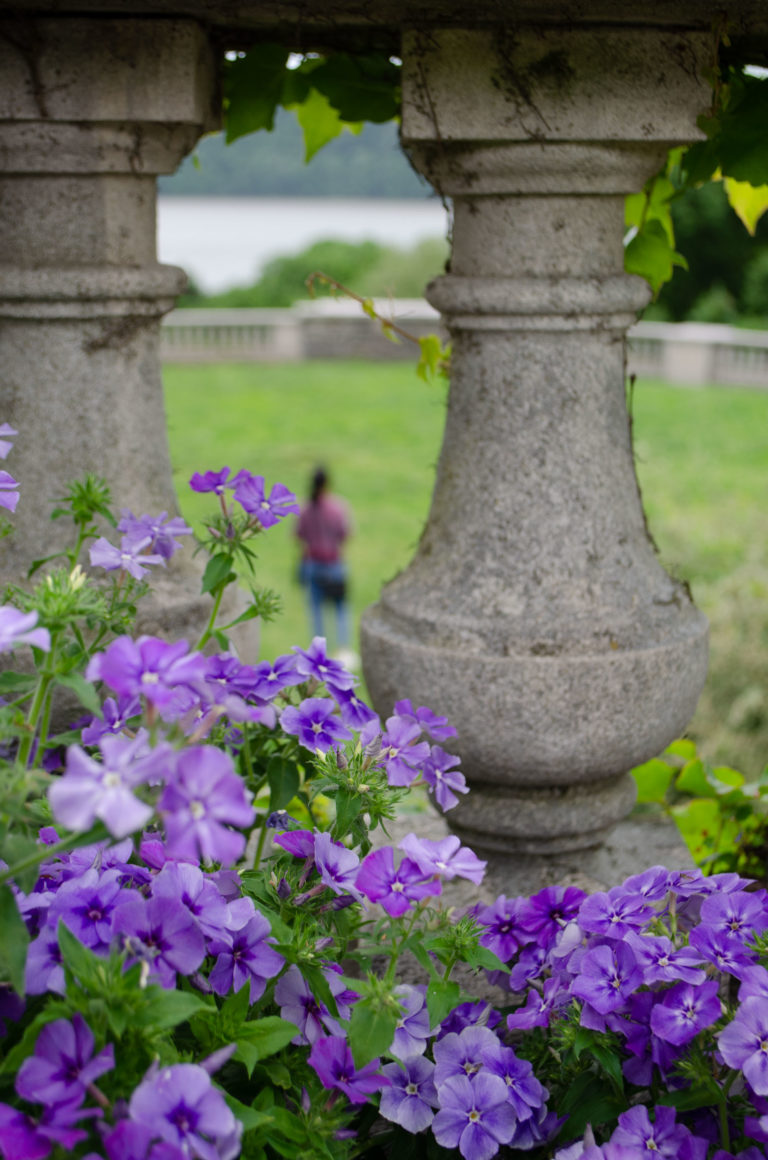
Sarcococca orientalis (Sweet Box)
December 30, 2021A winter bloomer, Sarcococca orientalis (sweet box) will flower from December through January, exuding a floral perfume that is slightly sweet. On a warm day, its welcome scent wafts through the air.
S. orientalis spreads rhizomatically, via underground stems, but it can be easily contained and creates lovely clumps. We have a young colony in the Shade Border growing underneath Hydrangea quercifolia (oakleaf hydrangea). This shaded environment is ideal—too much exposure can result in leaf burn.

The fruit of S. orientalis is slightly larger than a wild blueberry, but smaller than what you’ll find in your grocery store. The botanical term for this type of fruit is aggregate drupe. Simply, a drupe is a type of berry, but it only contains one seed. Familiar drupes include blueberry—and avocado! An aggregate drupe is a fusion of drupes that results in multiple seeds in one fruit. Blackberry is a familiar aggregate drupe. By February, S. orientalis will have finished blooming, giving way to a related winter flowering shrub, S. hookeriana.
Jess Brey,
Ruth Rea Howell Senior Horticultural Interpreter



